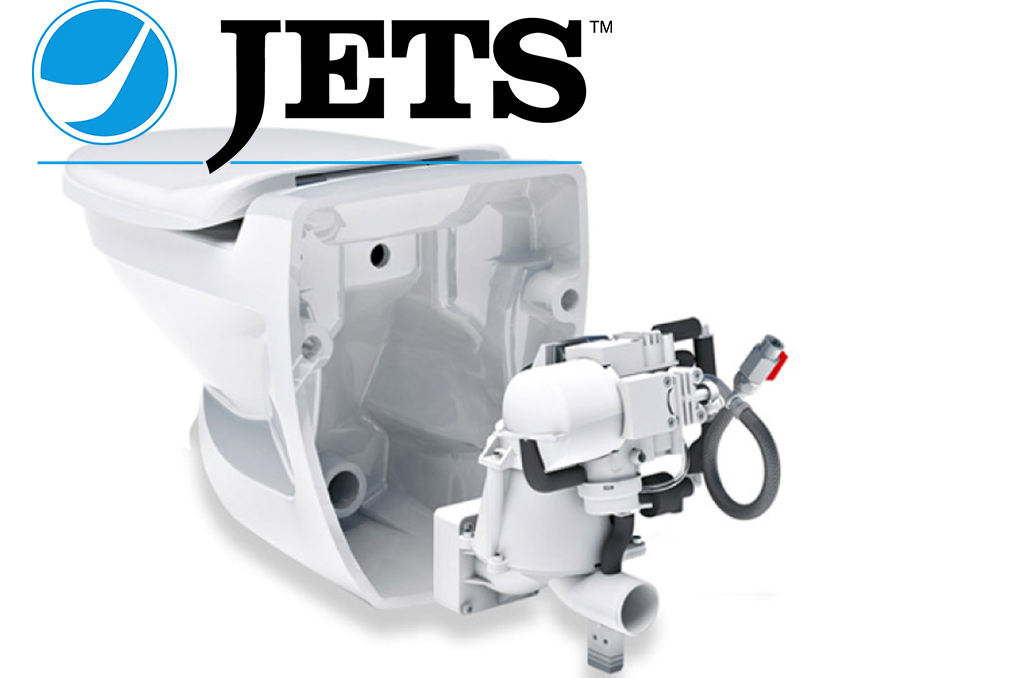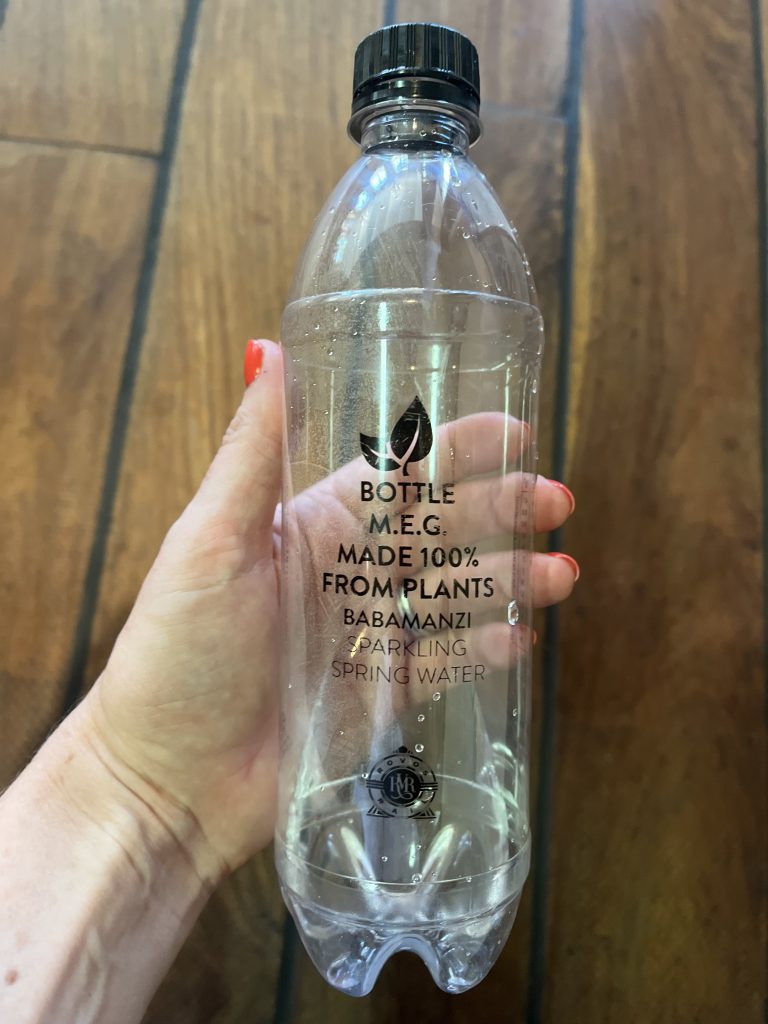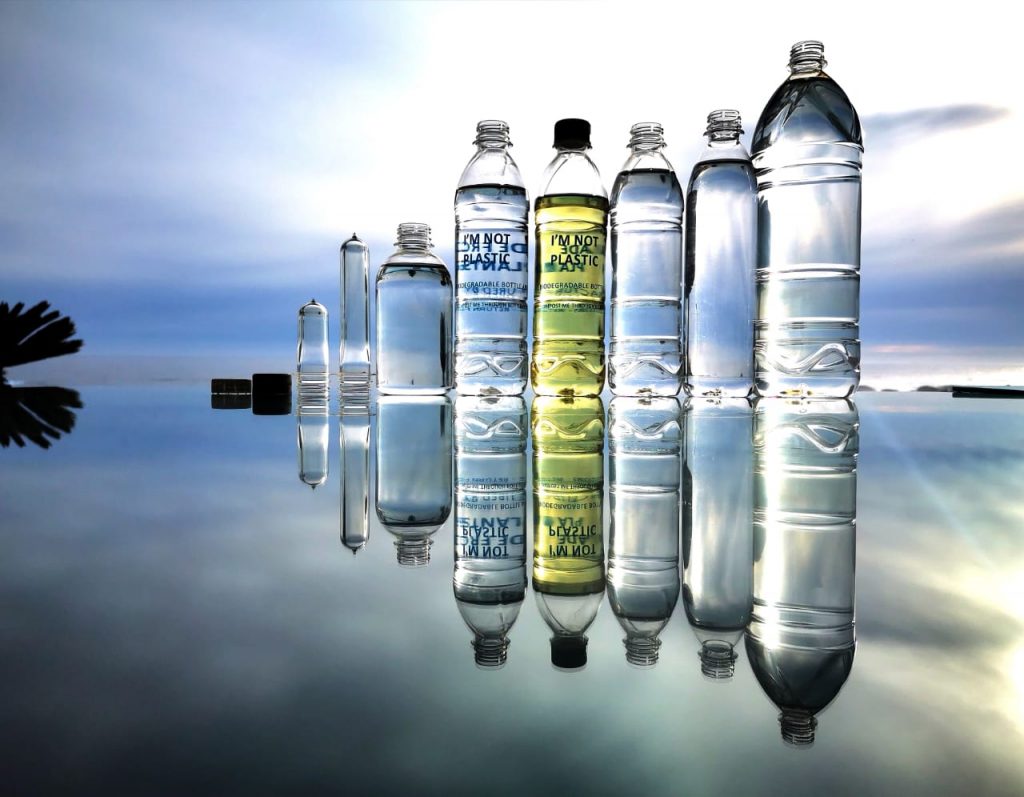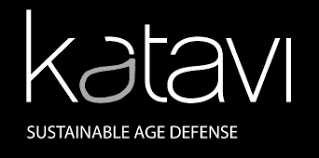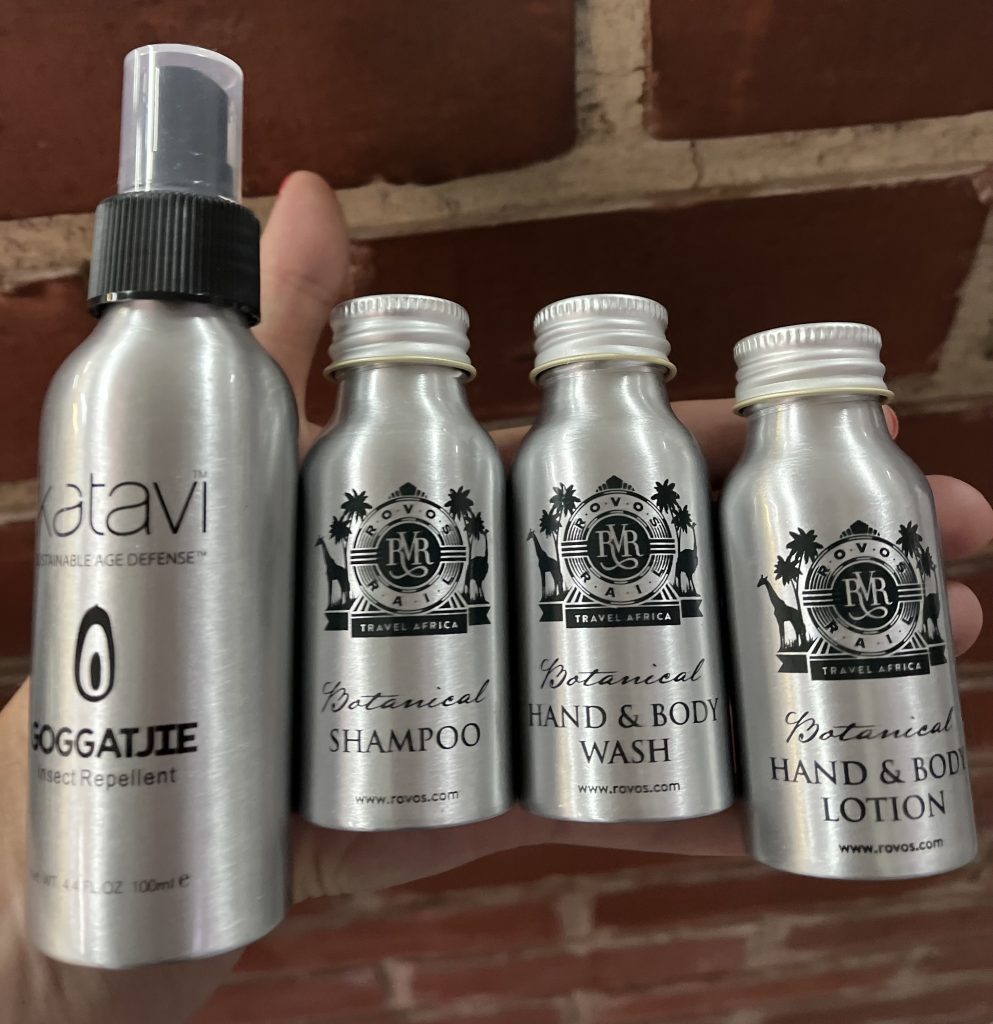Water-saving toilets
We’ve spoken a bit about our efforts to be as earth friendly as possible, which included revising our toilet systems; a process we began in 2018.
During the pandemic, the eco warriors at Rovos Rail undertook the task of overhauling our toilet facilities on board with the goal of saving water.
We can at times have as many as 100 guests and staff on board, with each person flushing 10 litres approximately five times a day. This equates to five kilolitres of water per day so 25 tons for a five-day journey, which has to be pumped when required.
Starting out, we knew what we didn’t want which was a replica of the toilets they have on airlines. We did not want the same bowl and we needed something which did not use a strong-smelling disinfectant to flush the toilet clean.
We had already succeeded in finding forest-friendly toilet paper, which spoke about on our blog here. We have been working with Güdco for a few years, with their two-ply sugarcane rolls being used on board the trains and at our two guesthouses in Cape Town.
But now we needed a toilet system to work with our new loo rolls!
It took us a fair amount of time to research various companies who provide comprehensive solutions for sustainable sanitary requirements. We did our due diligence and the blush-inducing conversations we first had when starting out quickly faded as we dived deep into the world of efficient ablution facilities!
We finally found a local company who brings in equipment from an organisation in Sweden called JETS and these have now been installed. All South African trains have fail-safe vacuum brake systems and when the flush button is pushed, the vacuum in the system empties the bowl into a tank under the carriage (similar to the systems on airplanes).
Vacuum toilets use air instead of water to transport sewage. This advantage significantly reduces water usage, while the airflow vents away odours and dramatically reduces the risk of spreading airborne and waterborne pathogens.
The new system has reduced our water consumption by 90%. This feels like a great accomplishment especially given that on our three-night Cape Town journey or the 15-day sojourn between Tanzania and Angola, there are either water restrictions or very few facilities on route where we are able to fill the train.
Not a company to rest on its laurels, we will keep our fingers on the pulse of any new water-saving innovations so this much needed resource is not wasted.
